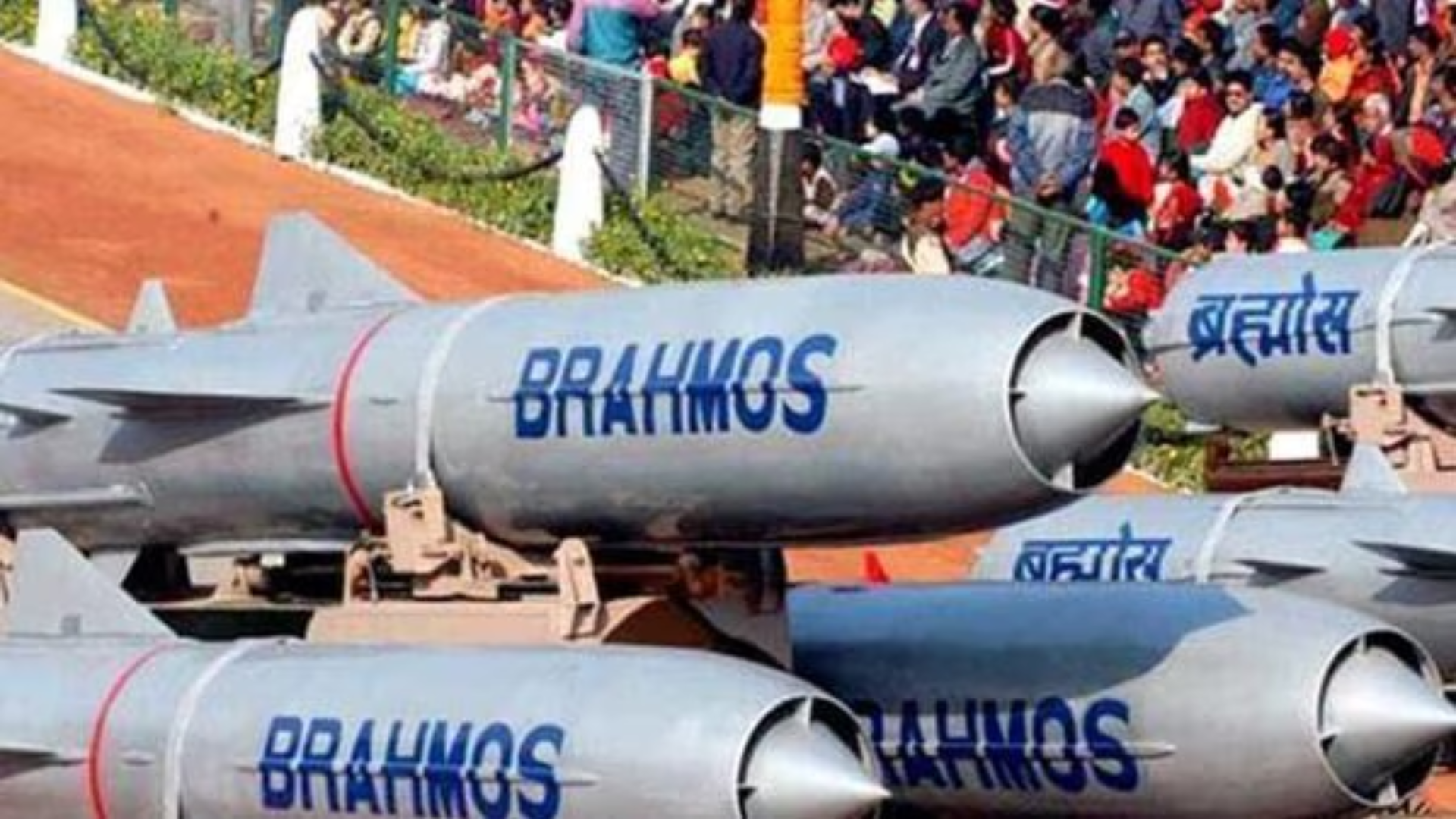

The BrahMos supersonic cruise missiles were delivered to the Southeast Asian nation on Friday as part of a $375 million deal signed in 2022 marking a significant development underlining India’s strategic ties with the Philippines. This delivery, facilitated by the Indian Air Force, marked a crucial step in improving Philippines’ defense capabilities amid escalating tensions in the region, particularly in the South China Sea. The installation of three batteries of the BrahMos missile system along the Philippines’ coastal areas aims to enhance the country’s maritime defense capabilities and safeguard against any potential threat in the region.
According to defense sources, the Indian Air Force utilized its C-17 Globemaster transport aircraft to transport the BrahMos missiles to the Philippines, where they were received by the country’s Marine Corps. The ground systems for the missile system, including the missiles themselves, commenced export last month.
Also read: K. Annamalai On The State Of Elections In Tamil Nadu | NewsX exclusive
The BrahMos supersonic cruise missile is a collaborative effort between India’s Defence Research and Development Organisation (DRDO) and Russia’s NPO Mashinostroyeniya. It is renowned globally as a highly successful and advanced missile program. Recognized for its precision-guided capabilities, the BrahMos missile system has significantly bolstered India’s deterrence capabilities and has been integrated into the Indian Army’s arsenal since 2007.
The successful delivery of BrahMos missiles underscores India’s commitment to enhancing defense cooperation with partner nations and signifies a strategic milestone in the Indo-Pacific region. This landmark initiative, backed by multiple approvals from partner nations involved in the program, is poised to strengthen the Philippines’ defense capabilities in the face of evolving security challenges.
According to reports, 17 scenes, including riot sequences and depictions of violence against women, are…
Following the failed launch, SpaceX CEO Elon Musk commented on X (formerly Twitter), acknowledging the…
MS Dhoni walked in earlier than expected, in the 16th over, giving CSK fans hope…
Axar, who has been enjoying his stint as DC’s skipper, emphasized the importance of taking…
Following the controversy, the production team has announced that the film will be undergoing revisions.
The smell of death hangs heavy in the air, and volunteers and survivors are using…